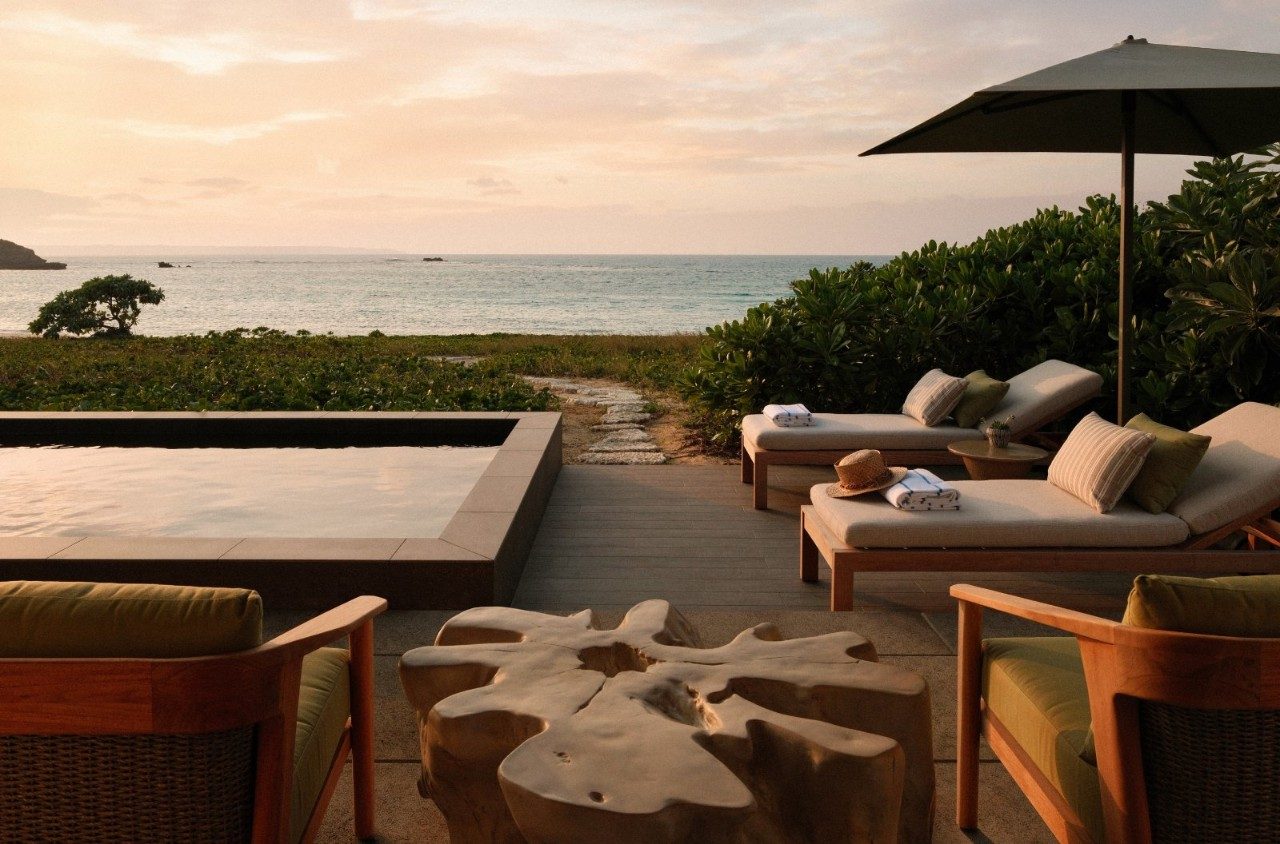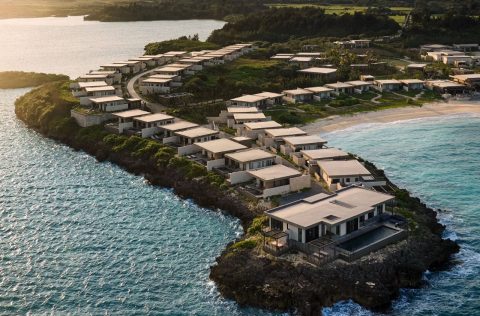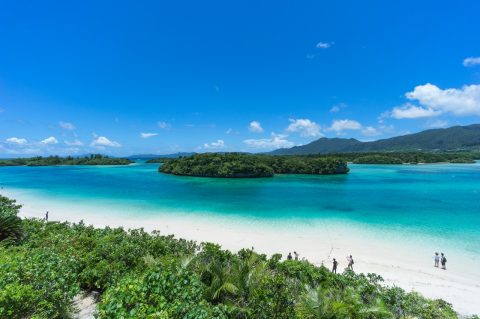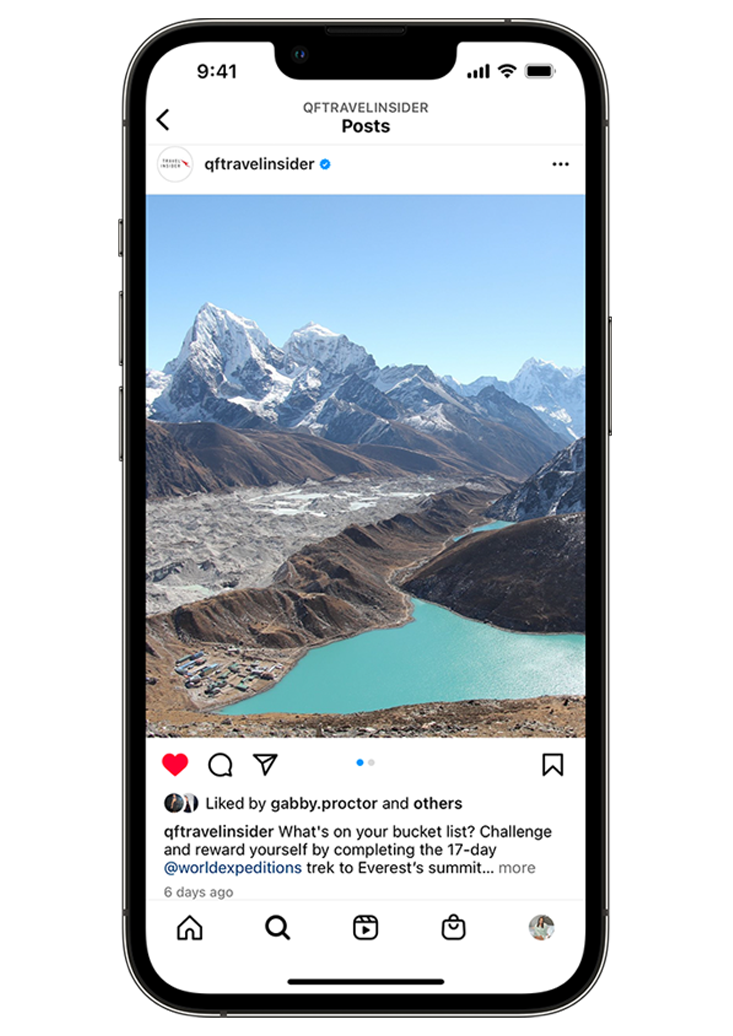This Okinawa Island is Known for Longer Lives and a Slower Pace

A chilled shot of shikuwasa juice jolts me from my reverie, tart and bright against the island’s humid air. I hadn’t come to Miyakojima from my home in Tokyo for a wellness retreat, yet the famed longevity of the locals seems woven into the everyday: the antioxidant-rich food, the unhurried rhythms and the enduring crafts and connections. Just under three hours by plane from the capital, this corner of Okinawa’s Ryukyu Islands is one of the world’s Blue Zones, where its inhabitants often live for well past 90 years. Closer to Taiwan than to Japan's mainland, it has long been a cultural crossroads, shaped by Japanese, Chinese, Korean and South-East Asian influences.
At the newly opened Rosewood Miyakojima, the links to the island’s beauty and culture feel effortless. Large windows in the 55 spacious villas, built from rough-hewn local limestone, frame the clear waters of the East China Sea. By evening, the shallows seen from my private terrace glow pink as ghost crabs scuttle across the sand. Dishes in the hotel’s three restaurants (with a fourth scheduled to open later this year) brim with the island’s bounty. At Maas, for instance, chef Tokijiro Namada serves snapper sashimi caught that morning by a spear fisherman. Inspiration is found in the prefecture’s largely plant-based approach to cuisine (said to be age-enriching), with menu ingredients including jimami tofu made from peanuts, delicate umibudo “sea grapes” and the sharp-sweet shikuwasa, like lime with extra bite.

As we roll past thick fields of sugarcane, my taxi driver tells me he left Tokyo to return to his island home, enticed back by the endless skies and crystalline seas. At Aragusuku Beach on the east coast, I pad across powdery white sand into the water to snorkel where vibrant coral reefs shelter juvenile sea turtles and the occasional darting clownfish. Later, I join a workshop to try weaving adan (pandan) leaves, traditionally used for making amulets, baskets and sunhats.
As I move through village streets and along beaches, strangers nod or say “haisai”, the local dialect for “hello”.
“We don’t have the conveniences of the big cities but that’s why I like it here,” says Emiko Fujiwara, a weaver who moved from the mainland 15 years ago, lured by the gentle pace of the island. “What we do have is community.”



